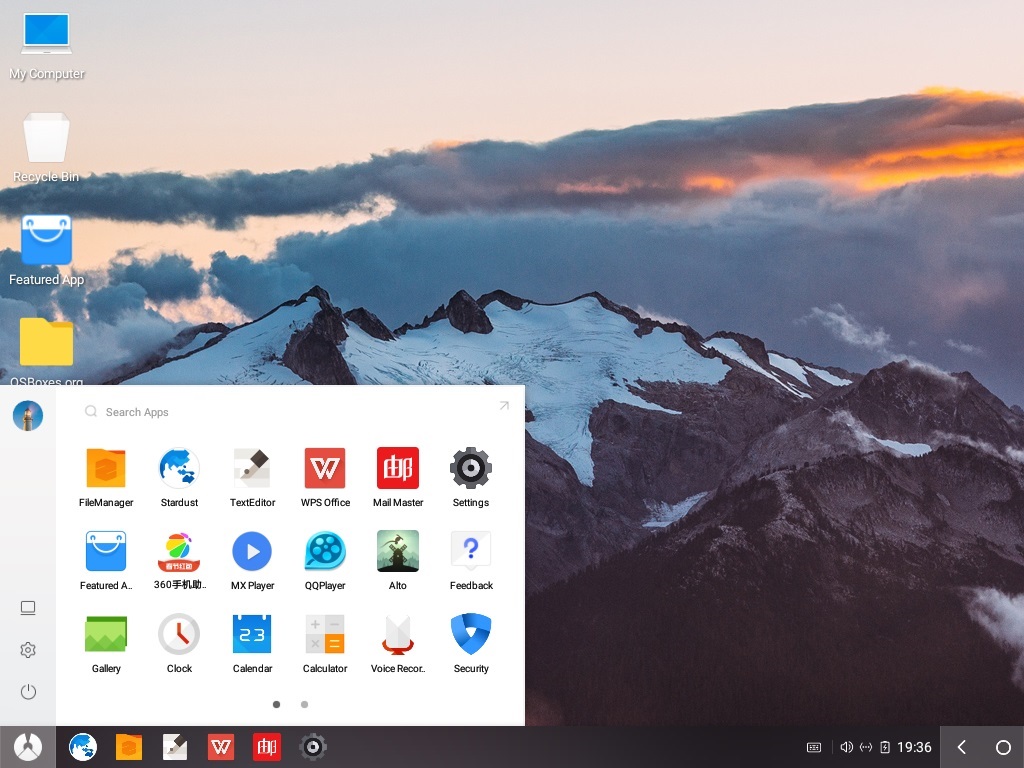
HOW TO INSTALL PHOENIX OS ON VIRTUALBOX ANDROID
both are based on Android 5.1 Lollipop,.To do so, choose Device and then Create Partition Table from the context menu.This is a community wiki, you can extend it.Īccording to Phoenix Studio forum (translation) and other sources: I won't get into lavish detail here, but you will need to remove the current partitions on your disk and create a Microsoft DOS partition table on the disk. The steps after GParted boots are simple: choose the default options (just hit enter when prompted). To format a disk as MBR, simply image GParted onto a USB drive and boot your computer with the USB Flash drive inserted. The specific function that you need is to format the storage drive's partition as MBR. Among its many features, it can prepare a storage drive for receiving an installation of an operating system. In my experience, though, it does not.ĭownload GParted for this step. I should also note that GPT sometimes works with Phoenix OS. If you already know whether or not the drive is MBR, skip this step. Many older drives come with MBR as its partition table as default. Why is this step optional? The only reason you need this step is to change the boot drive's partition table from GPT to MBR.

Step 4: Prepare Your Target Drive for Installation (Optional) Turn off Fast Boot and Secure Boot, if possible.
HOW TO INSTALL PHOENIX OS ON VIRTUALBOX WINDOWS 7
Fast Boot and Secure Boot are designed for Windows computers - Phoenix OS is Linux-based so there's no reason to leave them on.Ĭhoose Windows 7 mode or Linux mode, if possible. You will also want to turn off any Fast Boot and Secure Boot options. And that requires configuring your UEFI to work with a non-Windows operating system (see step three below.) Unfortunately, Phoenix OS doesn't play nice with UEFI systems. Newer computers replace BIOS with something called a Unified Extensible Firmware Interface (UEFI), which is more robust compared to the older scheme. So, what does that mean?Ī BIOS allows computers to start without an operating system. Older computers (2010 or older) mostly use Basic Input/Output System (BIOS) as a Power On Self Test (POST) environment. Intel or AMD processor made around 2012 or later, preferably an Intel Atom processorĪn 8GB or larger USB flash drive (for Phoenix OS)Ī 512MB or larger USB flash drive (for GParted)Ī separate computer in order to prepare the USB flash drives In order to install Phoenix OS, you will need a USB drive with at least 8GB of storage. Phoenix OS only requires an Intel or AMD x86 processor ( Intel Atom recommended) and internal storage with at least 2GB of space.

Requirements for Installing Phoenix OS Phoenix OS Hardware Requirements The Phoenix OS images for both are found over at. And even when it does work, it will lack certain features, like audio through an HDMI connection.Īs an aside, you can test Phoenix OS out from within a virtual machine, such as VMware or VirtualBox. In many ways, it suffers from the same weakness and shortcomings as Linux: namely that it won't work with all hardware. Not all hardware is (fully) compatible with Phoenix OS. A few China-only hardware companies will release tablets and miniPCs with Phoenix OS as its primary operating system - for example, the Pipo P10 2-in-1 tablet. These features have contributed to its recent increase in popularity. In addition to speed, the OS also receives regular updates. Phoenix OS also includes improvements to Android, such as automatically preventing apps from running in the background. (If you can install Linux on a specific computer, you can probably install Phoenix OS.) It's GPL-2.0 compliant and installs on many different kinds of x86-based hardware. Phoenix OS looks and feels a lot like the now unsupported Remix OS.


 0 kommentar(er)
0 kommentar(er)
